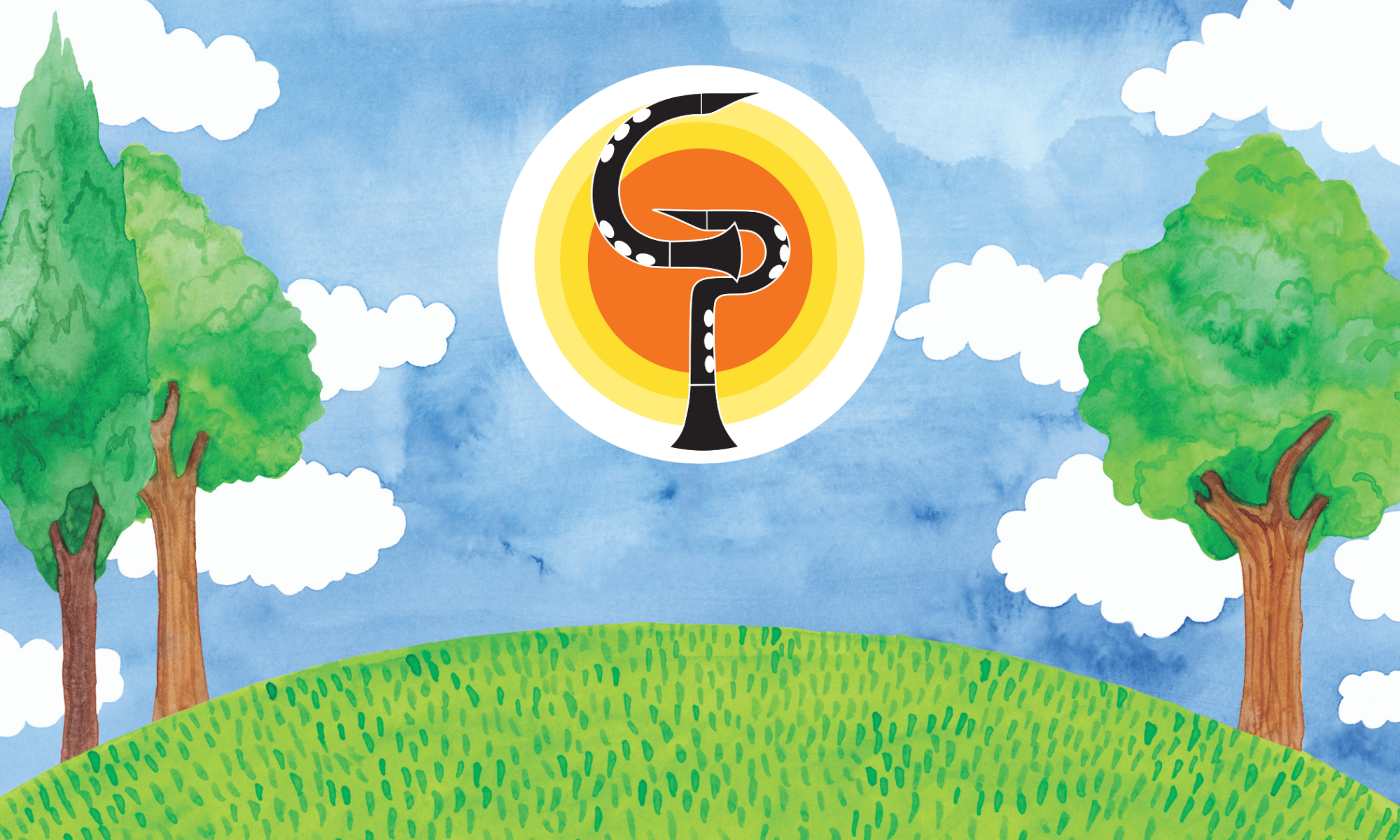Most musicians would say they are always practicing: listening, studying, pondering, researching, dreaming, creating and oh yes, also literally playing the instrument! Because of that, I would say there is no set formula for how much time one should practice. The main concern is that the practice sessions are accomplishing something–that there are goals in mind before beginning. Ideally, before and after you get set up to play, you have been exploring and imagining ways to improve your playing throughout the day. On the practical end, avoid simply running through
your materials. Study your music carefully before getting out your clarinet and then select certain passages that you anticipate will need extra attention. Begin your focus there before attempting the more performance type of run-through. My advice is to make sure you are covering a little bit of all of your material every day. Gradual progress on each piece or study will promote a more permanent mental and physical memory of the music. For more advanced players, you can develop a practice schedule where you alternate days in order to cover all of the material, etc.

My suggested practice routine would include a warm up using long tones, scale patterns and articulation studies. Take a short break and then begin a music practice session that can include études, solo and chamber repertoire as well as orchestral excerpts. It may seem obvious, but avoid practicing mistakes. When you are faced with a difficult passage, take your time and play so slowly that it is impossible to play the wrong note. Breaking down difficult passages can also help tremendously. Work separately on rhythm (counting/clapping), articulation, phrasing with dynamics (try singing), fingerings and pitches and then piece it back together one element at a time. If you have a long run or difficult passage, break it up by changing up the rhythms (play LONG-SHORT, then SHORT-LONG, extend certain notes to create “landmarks,” play it in triplets, etc). Use a metronome to keep you steady in all tempos (practice and performance tempos). Be sure to take plenty of breaks during your practice session and alternate repetitive practicing with silent
and thoughtful run-throughs to give your embouchure a break. A great resource that has helped me learn to practice slowly and patiently is The Talent Code by Daniel Coyle.
While working to improve the technical aspects of your playing is important, it is also crucial to take a step backwards and allow yourself to simply produce music. Practice performing and practice enjoying yourself. It is often helpful for me to end a practice session with either a performance run-through and/or with some play.
Play can include improvising, figuring out how to play a tune you love by ear, experimenting with new styles, or even playing on an instrument other than the clarinet. I often enjoy the free expression I am able to produce on the piano. Allow this time to enjoy your musical expression by creating an environment free of judgement and self-evaluation. Most of all, have some fun!



